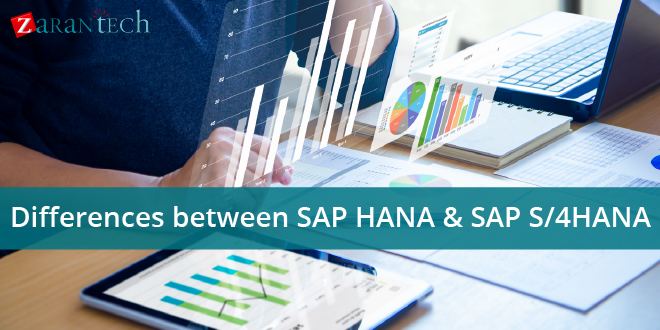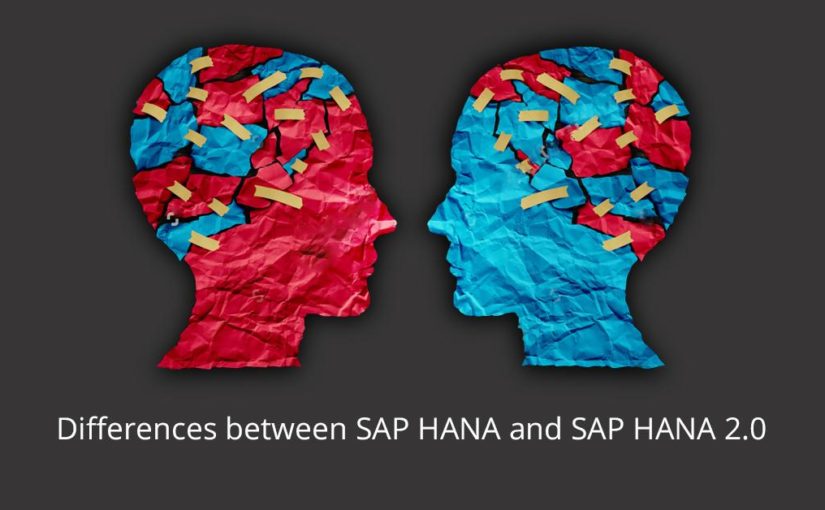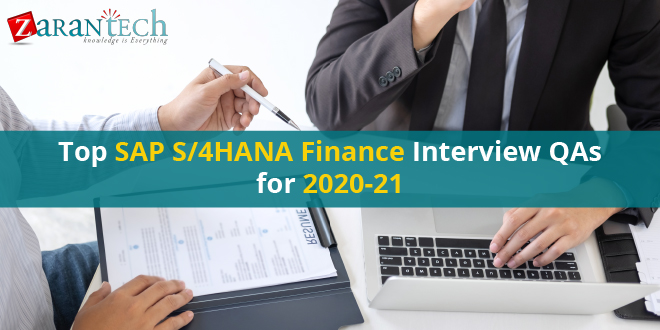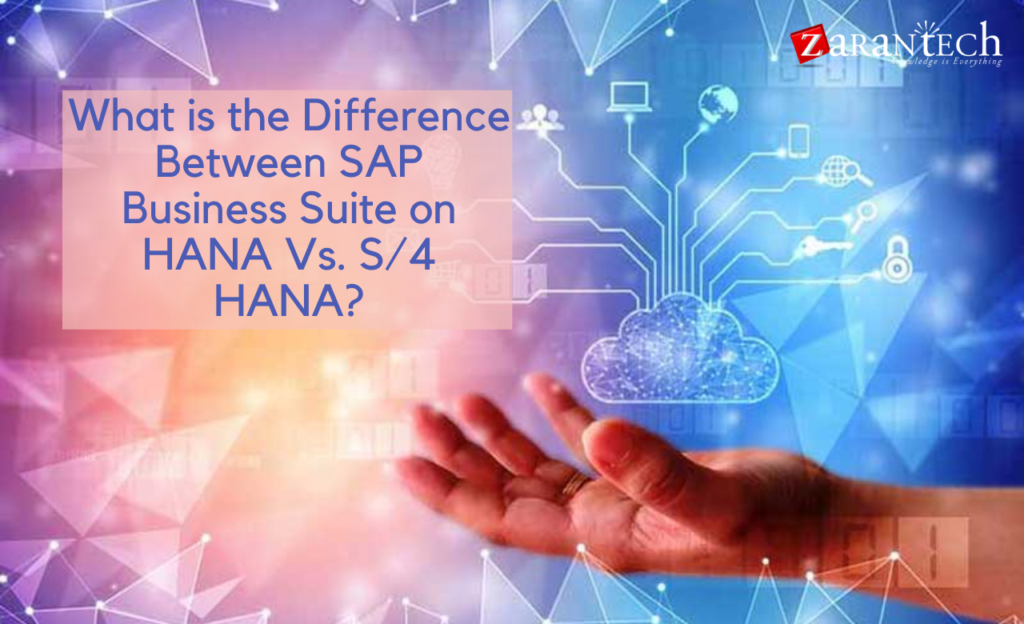Differences between SAP HANA & SAP S/4HANA
Category: SAP HANA, SAP S/4HANA Finance Posted:Feb 16, 2017 By: Ashley Morrison
Some levels of confusion between SAP HANA and SAP S/4HANA still exist with the majority of the people these days. In this article, we provide clarity for those who are wrestling with the differences between the two. It is important to understand their functionality and constraints to make use of the products efficiently. In order to understand the differences between SAP HANA and SAP S/4HANA, one must understand the basic concepts of SAP HANA and SAP S/4HANA.
SAP HANA is a database, an in-memory database, while SAP S/4HANA is an application that is designed to run on the SAP HANA database. It is a revolutionary platform-based on the company’s new In-memory database. Learning it will imply that choosing to pursue a career path that is both fulfilling and exciting to work with. SAP HANA acts as a hub for all SAP’s products strategy and it serves as the base for recent technology SAP S/4HANA that is set to serve as a cornerstone for all SAP technologies.
What SAP HANA is all about
HANA is the backend that runs the SAP landscape. Its central feature is an innovative, column-based Relational Database Management System (RDBMS), which is used to store, retrieve and process data on core business activities. SAP HANA itself doesn’t determine what sorts of tasks a business does, it can accommodate any type of data. Businesses install applications that run on top of HANA, such as SAP applications for finance, HR, and logistics. As such, companies have to make choices about what software best meets their current needs.
Unlike other RDBMSs SAP HANA reduces the memory usage factor by 10 and improving performance as it uses column oriented storage which combines OLAP and OLTP into a single structure. The speed of both Online Transaction Processing (OLTP) and Online Analytical Processing (OLAP) can be drastically changed with the design of SAP HANA. Information of the majority databases is stored on the hard drive which in result keeps an only limited amount of information in main memory. Hard drives are relatively slow, which limits how fast they can recall information.
SAP HANA is made up of a simpler structure and lower memory footprint than other RDBMSs. A system like OLAP and OLTP are stored in different databases which results in insufficient memory, redundant information bloating the DB footprint.
Hence, SAP HANA can do real-time analytics, crunching data nearly instantaneously. This allows businesses to react more quickly to changing conditions, providing significant strategic benefits.
SAP HANA isn’t just a new choice for enterprise computing; because it handles data very differently from other databases, it is designed to run SAP software. SAP SE has been reworking their core ERP applications to better harness HANA’s speed and flexibility, and will only support older versions of the software until 2025, at which point customers need to have completed their SAP HANA migration, and upgraded to the new software.
What SAP S/4HANA is all about
SAP S/4HANA is the shorter form of SAP Business Suite 4 SAP HANA, which means it is the fourth version of SAP Business Suite. It is designed to run only on SAP HANA. The transition of SAP users to SAP S/4HANA is similar to the earlier transition from the ERP versions, SAP R/2 to SAP R/3.
The next generation Business Suite of SAP is SAP S/4HANA which is designed in a simplified way specifically to work with SAP HANA and to replace the SAP ECC/ERP.
SAP S/4HANA is the in-memory version of the Business Suite ERP platform. SAP S/4HANA was announced in February 2015 and billed as SAP’s “most important release in 23 years”, S/4HANA is intended to be easier to use and administer by helping to solve more complex problems and handle vastly larger amounts of data than its predecessors. S/4HANA is available in on-premises, cloud, and hybrid deployment models.
As per the SAP, developers feel the changes in SAP as they find ERP system is more agile, simpler to understand and use. This change is termed as the opportunity for businesses to reinvent business models and re-generate revenues with the advantage of the Internet of Things (IoT) and big data by connecting people business networks and devices by the SAP.
As per the SAP, Batch processing is not required for S/4HANA this makes the businesses simplify their processes and drive them in real-time which means that the business user can access insight on data from anywhere in real-time for prediction, execution, Planning, and simulation.
SAP Simple Finance is one of the main components of S/4HANA, which aims to streamline financial processes and enable real-time analysis of financial data. Simple Finance helps companies align their financial and non-financial data into what SAP refers to as a “single source of truth.” Some Business Suite users are deploying Simple Finance as the first step in the road to S/4HANA.
Go through our C_TS4FI_1709 SAP Certified Application Associate – SAP S4HANA for Financial Accounting Associates (1709)!! to crack the Interviews.
Conclusion
The popularity of SAP HANA and SAP S/4HANA has led to widespread usage across the globe. The demand for these modules is very high and a smart professional must leverage this trend in order to take advantage of the market demands.
Got any questions for us? Please mention it in the comments section and we will return it to you. At ZaranTech we offer a self-paced online training program for SAP S/4 HANA, Workday related courses. Skyrocket your career by learning from the best!
You can also visit our website for more engaging and informative articles.
Watch SAP S/4 HANA Finance for Beginners:





 99999999 (Toll Free)
99999999 (Toll Free)  +91 9999999
+91 9999999